Welcome to the next chapter of our WineTravel series, where we embark on an exciting adventure through Hungary’s enchanting wine regions. Join us as we uncover the essence of this vibrant country’s winemaking heritage, discovering the stories behind its diverse grape varieties and the unparalleled charm of its terroir.
Wine production in Hungary has a rich history dating back to ancient times, with evidence of viticulture and winemaking as far back as the Roman era. However, it was during the Middle Ages that Hungarian wine gained international recognition, with wines from regions such as Tokaj becoming prized commodities throughout Europe.
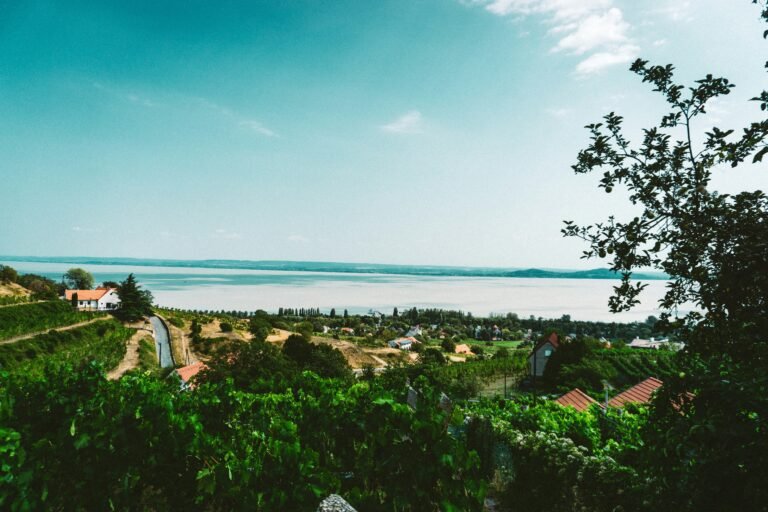
During the Austro-Hungarian Empire from 1867 to 1918, Hungary’s wine industry experienced a period of significant modernization and international recognition. This era saw the adoption of modern viticultural practices and winemaking techniques, leading to improvements in quality and consistency. Influenced by neighbouring cultures, Hungarian wine culture flourished, blending tradition with innovation to create a diverse array of flavours and styles. Hungarian wines became favoured by European royalty, with Emperor Franz Joseph I famously endorsing Tokaji Aszú as the “wine of kings and the king of wines,” further solidifying Hungary’s reputation as a leading wine-producing nation.
Over the centuries, Hungary’s wine industry has faced numerous challenges, including phylloxera outbreaks in the late 19th century and political turmoil during the 20th century. However, in recent decades, there has been a resurgence of interest in Hungarian wine, with a focus on quality and innovation.
Hungary's Grape Varieties Explored
Hungary is home to a diverse range of grape varieties, both indigenous and international. Some of the most well-known Hungarian grape varieties include:
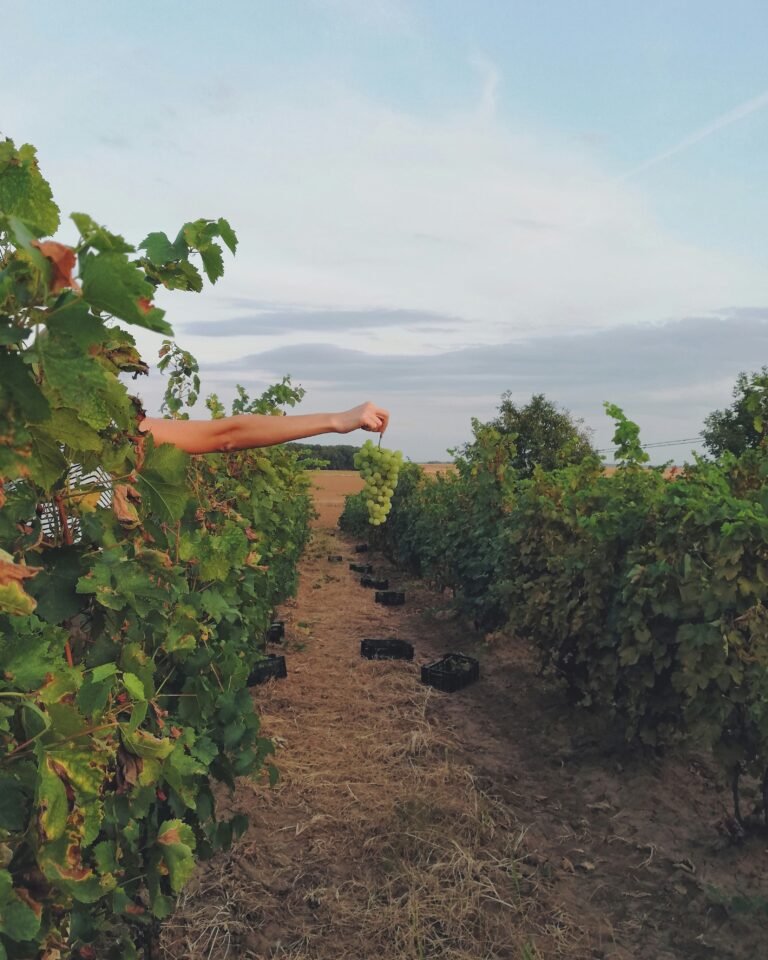
- Furmint: Primarily cultivated in Tokaj, is renowned for its high acidity and complex flavour profile. Young wines boast vibrant citrus notes like lemon and grapefruit, complemented by hints of green apple and pear. Notably, Tokaji wine was declared the world’s first official wine appellation system in 1737 by King Louis XIV of France.
- Hárslevelű: Another gem of Tokaj, Hárslevelű is often used in blends with Furmint to add floral aromas and richness to Tokaji wines. Hárslevelű delights with notes of orange blossom, jasmine, and acacia, alongside luscious peach, apricot, and honey.
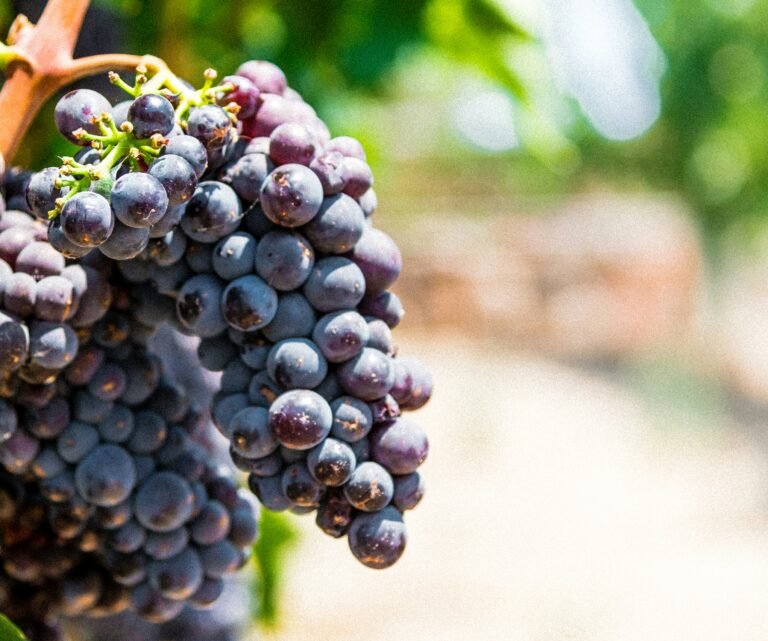
- Kadarka: Native to Hungary’s Szekszárd and Eger regions, yields light-bodied wines with vibrant fruit flavours and spicy undertones. Its aroma palette features red cherry, raspberry, and cranberry, accented by earthy notes of dried herbs and spices.
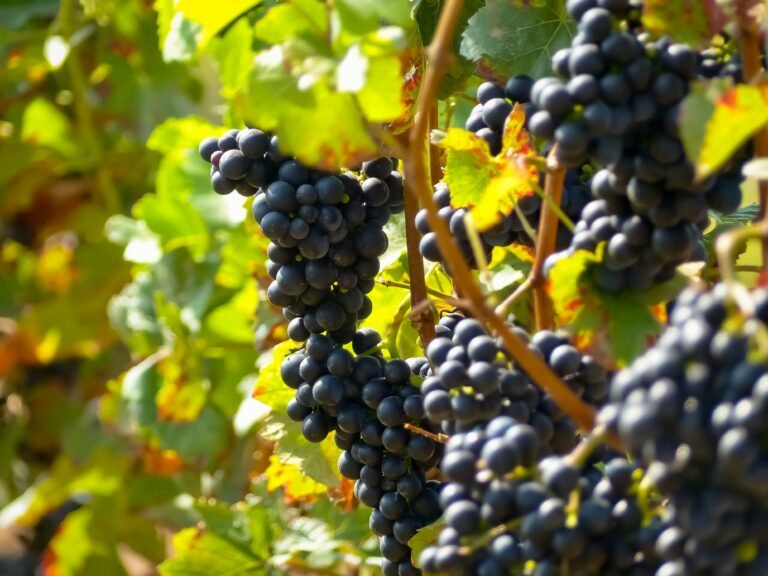
- Kékfrankos: Also known as Blaufränkisch, is a widely cultivated red grape variety in Hungary, Austria, and Germany. It produces medium-bodied wines with bright acidity and flavours of red berries, spices, and hints of black pepper, clove, and tobacco.
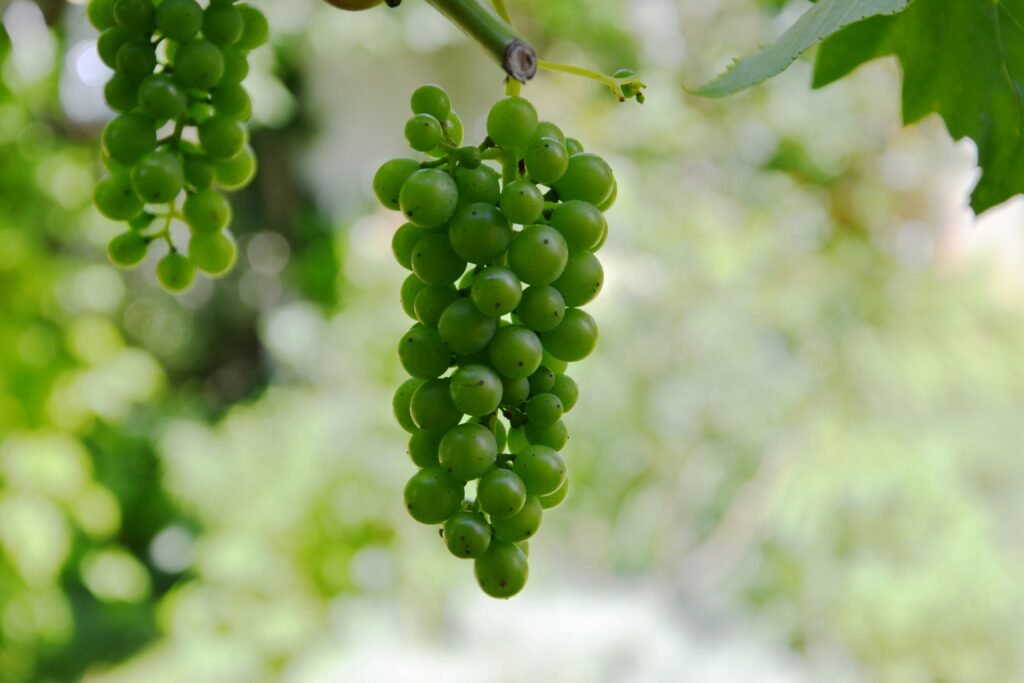
- Olaszrizling: Also known as Welschriesling, is one of Hungary’s most planted white grape varieties, differ from the more famous Riesling grape. It produces crisp, refreshing wines with citrus and floral aromas, including lemon, lime, green apple, elderflower, and honeysuckle notes.
Hungary Wine Regions: Unveiling the Diverse Terroir
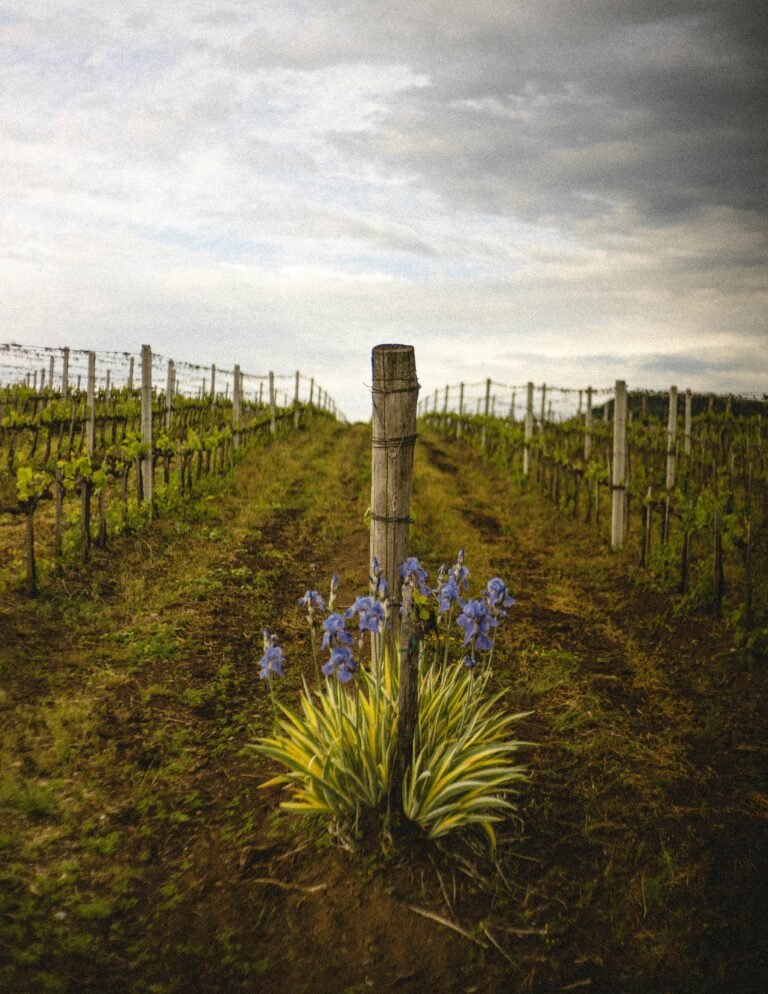
- Eger: Nestled in northern Hungary amidst the Bükk Mountains, Eger boasts a unique terroir of volcanic soils and a continental climate, fostering the production of robust red wines and crisp whites. Renowned for its signature wine, Egri Bikavér, also known as Bull’s Blood, Eger offers a rich history dating back to the 16th century. This full-bodied red wine, typically a blend of local grape varieties such as Kékfrankos, Kadarka, and Portugieser, showcases complex notes of dark fruits, spices, and earthy undertones. Additionally, Eger presents elegant white wines crafted from varieties like Olaszrizling and Chardonnay.

- Villány: Positioned in the southern part of Hungary near the Croatian border, Villány stands as Hungary’s premier red wine region. Its terroir features a warm, Mediterranean climate and limestone-rich soils, ensuring exceptional drainage and imparting minerality to the wines. Renowned for bold and structured red wines, Villány specializes in Cabernet Franc and Kékfrankos varieties, offering wines with ripe berry flavours, supple tannins, and a hint of spice. Complementing its red wine offerings, Villány showcases its versatility with elegant rosé and white wine selections.

- Szekszárd: Situated along the Danube River in central Hungary, Szekszárd boasts diverse soils ranging from loess and clay to limestone and gravel. Its continental climate, coupled with ample sunshine and cool Danube breezes, sets the stage for the production of elegant and aromatic red wines, particularly crafted from Kadarka and Kékfrankos grapes.

- Balaton: Encompassing Hungary’s largest freshwater lake, Lake Balaton, in the western region, Balaton benefits from the moderating effects of the lake, extending the growing season by regulating temperatures. The diverse soils, ranging from volcanic basalt to sandy loam, provide varied growing conditions for vineyards. Celebrated for its crisp and aromatic white wines, Balaton specializes in Olaszrizling and Riesling grapes, alongside crafting light and fruity rosé wines, ideal for lakeside enjoyment on warm summer days.
Wine Regions Journey Itinerary
Embark on a week journey through Hungary’s main wine regions to discover the diverse terroir and unique wines they have to offer. Protip: Rent a car to make the best of the trip, as the travel time can easily increase by one or more hours by public transportation.
- Day 1: Budapest Exploration: Begin your journey in Budapest, Hungary’s vibrant capital. Tour iconic landmarks like Buda Castle and the Fisherman’s Bastion. Experience Hungarian history with a visit to the Hungarian Parliament Building and enjoy a scenic Danube River cruise with dinner and live music. Pro Tip: opt for car rental to maximize flexibility and save time from day 2.
- Day 2 – Day 3: Tokaj Delights: Venture northeast to Tokaj, a UNESCO World Heritage Site famed for its sweet wines. Discover local wineries and learn about traditional winemaking methods. Indulge in tastings of Tokaji Aszú paired with Hungarian delicacies. Stay a couple of nights in Tokaj to fully immerse in the region’s charm and avoid frequent accommodation changes.
- Day 4: Eger Exploration: Travel early to Eger in northern Hungary. Explore the historic town and its vineyards, renowned for robust red wines like Egri Bikavér (Bull’s Blood). Sample local varietals such as Kadarka and Kékfrankos at wineries. Sleep in Budapest for next day travel convenience.
- Day 5: Villány Wine Excursion: Head south to Villány, Hungary’s premier red wine region. Explore picturesque vineyards and quaint villages, delving into the area’s winemaking history. Taste award-winning Cabernet Franc and Kékfrankos wines paired with regional specialties. Overnight in Villány.
- Day 6: Szekszárd Discovery: Continue your red wine exploration in Szekszárd along the Danube. Tour historic cellars and savour elegant wines made from Kadarka and Kékfrankos grapes. Enjoy scenic vineyard views before heading to Balaton, just under a 2-hour drive away.
- Day 7: Balaton Finale: Conclude your wine journey at Lake Balaton’s wine region, known for crisp white wines made from Olaszrizling and local varieties. Stroll along the lakefront promenade and visit family-owned wineries for tastings. Experience Hungary’s viticultural heritage amidst the idyllic lake scenery.

Hungary’s wine landscape, a blend of tradition and modernity, offers a taste of centuries-old winemaking heritage. From Tokaj’s historic vineyards to Villány’s rolling hills, Hungarian wines captivate enthusiasts worldwide. Explore diverse terroirs and unique grape varieties, unravelling the nation’s rich cultural tapestry through its wines.
